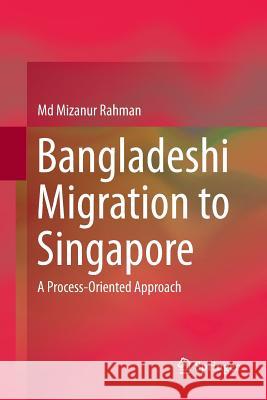Bangladeshi Migration to Singapore: A Process-Oriented Approach » książka
topmenu
Bangladeshi Migration to Singapore: A Process-Oriented Approach
ISBN-13: 9789811099854 / Angielski / Miękka / 2018 / 198 str.
Kategorie:
Kategorie BISAC:
Wydawca:
Springer
Język:
Angielski
ISBN-13:
9789811099854
Rok wydania:
2018
Wydanie:
Softcover Repri
Ilość stron:
198
Waga:
0.31 kg
Wymiary:
23.39 x 15.6 x 1.17
Oprawa:
Miękka
Wolumenów:
01
Dodatkowe informacje:
Wydanie ilustrowane











